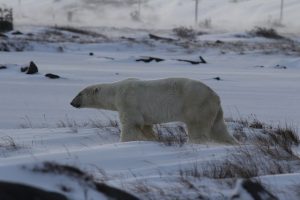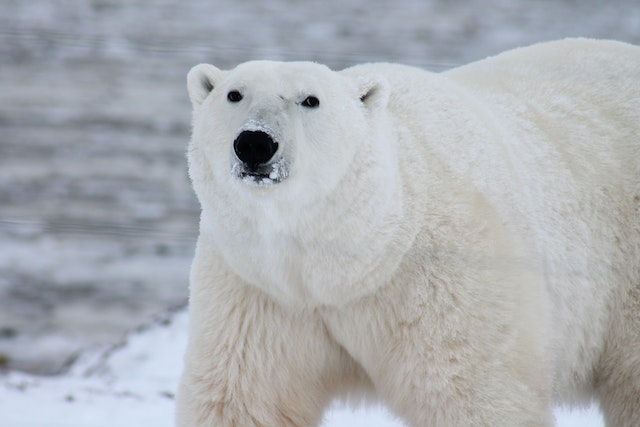Embark on a journey to unveil the hidden ages of polar bears through the power of blood analysis. This comprehensive article delves into the remarkable scientific advancements that enable us to peer into the lives of these Arctic giants, unraveling their age-related mysteries and contributing to our understanding of their resilience and survival.
Introduction: The Enigmatic Lives of Polar Bears
The Arctic landscape is home to one of nature’s most captivating creatures—the polar bear. As these magnificent apex predators traverse icy terrains and navigate the challenges of a changing climate, scientists have been driven to understand the secret to their survival. In this article, we delve into a revolutionary technique that unveils the age of polar bears, shedding light on their life stories and the implications for their conservation.
Blood Analysis: Decoding the Age of Arctic Giants
Imagine gazing upon a polar bear and wondering, “How old is this majestic being?” Previously, determining the age of a polar bear was a formidable challenge, often relying on visual cues and limited data. However, modern science has introduced an innovative solution—blood analysis. By analyzing blood samples collected in the field, researchers can unveil the age of a polar bear with remarkable accuracy.
The Science Behind Age Determination
Unlocking the age of a polar bear through blood analysis requires a keen understanding of growth markers and physiological changes that occur over time. Researchers meticulously study these markers present in the blood, such as hormones and proteins, which provide valuable insights into the bear’s age. By examining these markers, scientists can piece together the puzzle of a bear’s journey from cubhood to adulthood.
The Significance of Age Data for Conservation
Accurate age determination holds profound implications for polar bear conservation efforts. Knowledge of the age distribution within a population enables conservationists to identify vulnerable age groups, assess breeding success, and make informed decisions to protect the species. This data is particularly critical in the face of climate change, which directly impacts the bears’ Arctic habitat.

Contributing to Scientific Insights
Beyond age determination, blood analysis contributes to a deeper understanding of polar bear populations. Researchers can study trends in age distribution, assess the impact of environmental changes on different age groups, and even investigate the effects of human activities on bear health. This wealth of information fuels informed conservation strategies that safeguard the bears’ future.
The Road Ahead: Empowering Conservation Efforts
As we reflect on the journey to unlock the age of polar bears, we recognize the immense power of this scientific breakthrough. Armed with accurate age data, researchers and conservationists are empowered to develop targeted interventions that protect vulnerable age groups and ensure the long-term survival of these remarkable creatures. With each blood sample collected and analyzed, we come one step closer to preserving the legacy of the polar bear for generations to come.
Conclusion: A Glimpse into the Lives of Arctic Giants
In the Arctic’s frozen expanse, polar bears stand as symbols of strength and resilience. Through blood analysis, we gain an intimate window into their lives, unraveling the enigma of their age and enhancing our understanding of their role in the delicate Arctic ecosystem. As we navigate an ever-changing world, the knowledge we glean from blood analysis paves the way for informed conservation, ensuring that these majestic giants continue to roam the ice-covered landscapes they call home.




